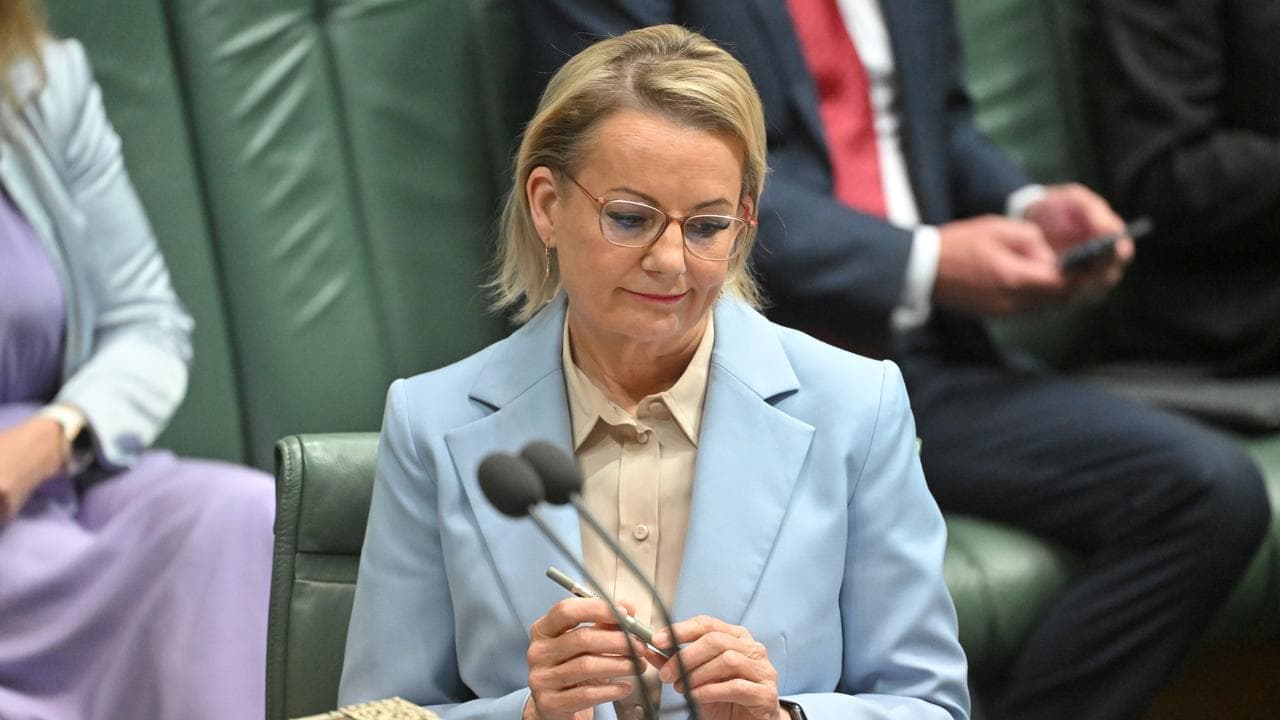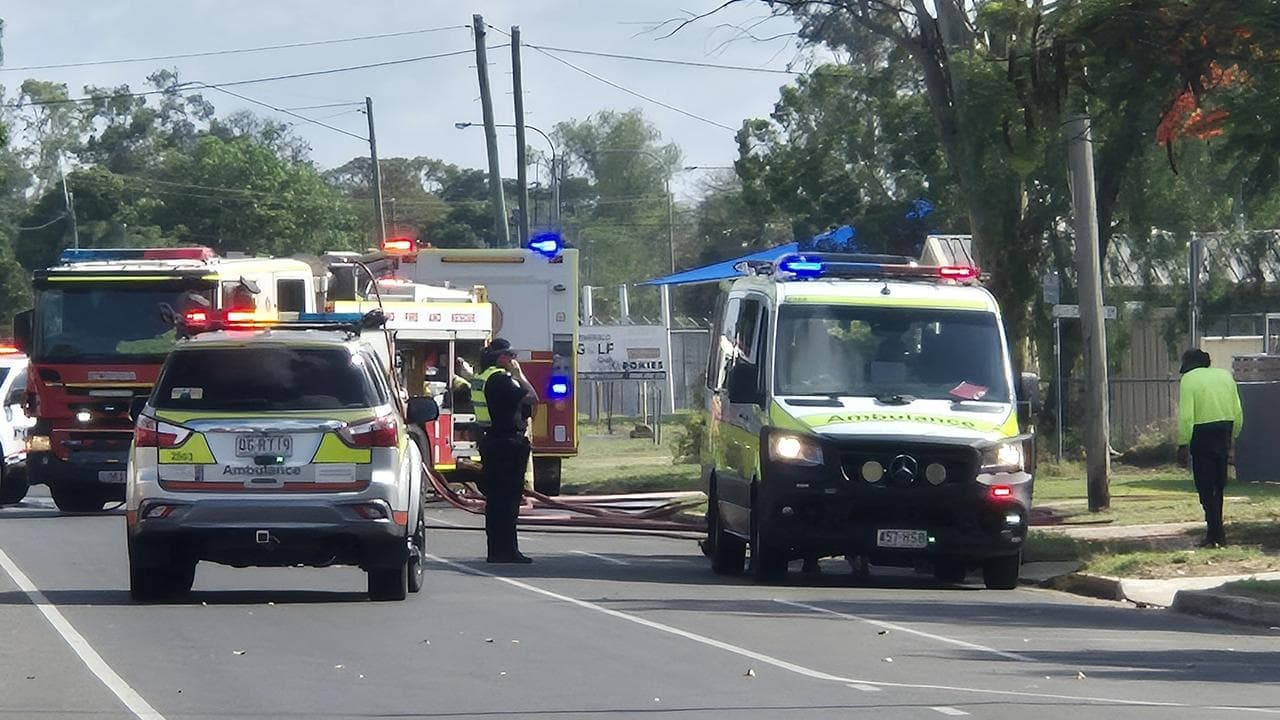WHAT WAS CLAIMED
Almost a million migrants who arrived between 2022/23 and 2023/24 will be invited to become citizens over the next two years.
OUR VERDICT
False. The figures include mostly temporary migrants who are ineligible to apply for citizenship.
AAP FACTCHECK - Social media users are falsely claiming that almost a million migrants who recently arrived in Australia will soon be invited to become citizens.
It is based on data that mostly measures existing citizens and temporary migrants, who aren't yet eligible for citizenship. Permanent visas, the precursor to citizenship, are granted at a much lower rate.
The claims have spread across X and Facebook in posts promoting an upcoming anti-immigration march planned for major cities across Australia on October 19.
An earlier anti-immigration protest held in August was also promoted using false claims about immigration, which AAP FactCheck previously debunked.
The latest posts warn of an impending boom in the number of new citizens.

"Up to 536,000 immigrants that arrived in 2022/23 will shortly be invited to register for citizenship by Albanese Labor Government," a social media post reads.
"Next year, another 446,000 that arrived in 2023/24 will follow the same process."
The figures appear to be based on Net Overseas Migration (NOM) data compiled by the Australian Bureau of Statistics (ABS).
This shows net arrivals - the number of people arriving minus those departing - were 535,518 in the 2022/23 financial year and 445,638 in 2023/24.
However, the majority of those are people arriving on temporary visas and it also includes tens of thousands of people who are already Australian citizens.
Migrants must live in Australia for four years and be permanent residents for at least 12 months before applying for citizenship, according to the Department of Home Affairs.
The ABS figures show that 80,000 permanent visa holders arrived in 2022/23, rising to 91,000 over 2023/24.
Meanwhile, in 2022/23 there were 554,000 arrivals on temporary visas, falling to 465,000 in 2023/24. A further 119,000 of those who arrived in these years were already Australian citizens.
While some temporary visa holders go on to apply for permanent visas and later become eligible for citizenship, the government limits the number granted each year.
The number of permanent visas that are approved each year is based on an annual migration planning level that's updated annually.
The number of permanent visas it expects to approve under this program has fallen from 195,000 in 2022/23 (p1) to 190,000 in 2023/24 and 185,000 in 2024/25 and 2025/26, according to the Department of Home Affairs.
This means it would not be possible for all temporary visa holders who arrived in 2022/23 and 2023/24 to become permanent residents in the next two years.
New Zealand citizens who arrive in Australia under a special visa (subclass 444) are not counted in this planning level and can apply for citizenship after four years living in Australia.
In 2022/23, 42,660 New Zealanders arrived on the subclass 444 visa, with a further 51,100 arriving in 2023/24.
Anna Boucher, a migration expert at the University of Sydney, told AAP FactCheck that it's actually becoming harder for temporary migrants to access permanent residency, which is needed to become a citizen.

As well as becoming a permanent resident, she said you have to be in the country for a number of years and then you need to meet citizenship requirements.
"The argument these advocates are putting forward that the government is just trying to fast track all these people to citizenship is very far removed from what's actually going on," Associate Professor Boucher said.
Many temporary visa holders never apply for permanent visas, while not all those who achieve permanent residency go on to become citizens.
Each year tens of thousands of temporary visa holders leave Australia, according to ABS data, with an average of 140,000 leaving each year between 2014/15 and 2018/19.
The number of temporary visa holder departures fluctuated significantly during the pandemic, but the number has averaged 124,000 over the last five years.
An ABS analysis of 2021 census data also suggests the majority of those who arrive on a temporary visa don't go on to gain citizenship.
It found that more than half (58 per cent) of permanent migrants who arrived in the country between 2000 and August 2021 started on a permanent visa rather than a temporary one.
Additionally, the ABS found that 59 per cent of permanent migrants become Australian citizens over the same time frame.
Aude Bernard, a migration expert at the University of Queensland, has tracked cohorts of migrants in Australia over the past two decades and found most temporary migrants leave.

She told AAP FactCheck that the numbers in the post are "entirely wrong".
"Most migrants are leaving Australia within seven years and the share of migrants leaving has increased," Associate Professor Bernard said.
The posts also claim that Labor plans to redraw electoral boundaries to increase the number of MPs in metropolitan areas where immigration is highest ahead of the 2028 federal election.
This is also false. Neither the Labor Party or any government controls electoral redistribution.
Electoral boundaries are changed via an independent process that is administered (not controlled) by the Australian Electoral Commission (AEC).
Redistributions are decided based on the number of voters in a given geographical area based on a constitutional requirement about the distribution of the population by electorate.
An AEC spokesperson said that independent committees are responsible for redrawing these boundaries.
The committee includes the electoral commissioner and officials from the state or territory where the redistribution is taking place, namely the surveyor-general and auditor-general - not politicians, the spokesperson said.
AAP FactCheck is an accredited member of the International Fact-Checking Network. To keep up with our latest fact checks, follow us on Facebook, Instagram, Threads, X, BlueSky, TikTok and YouTube.












